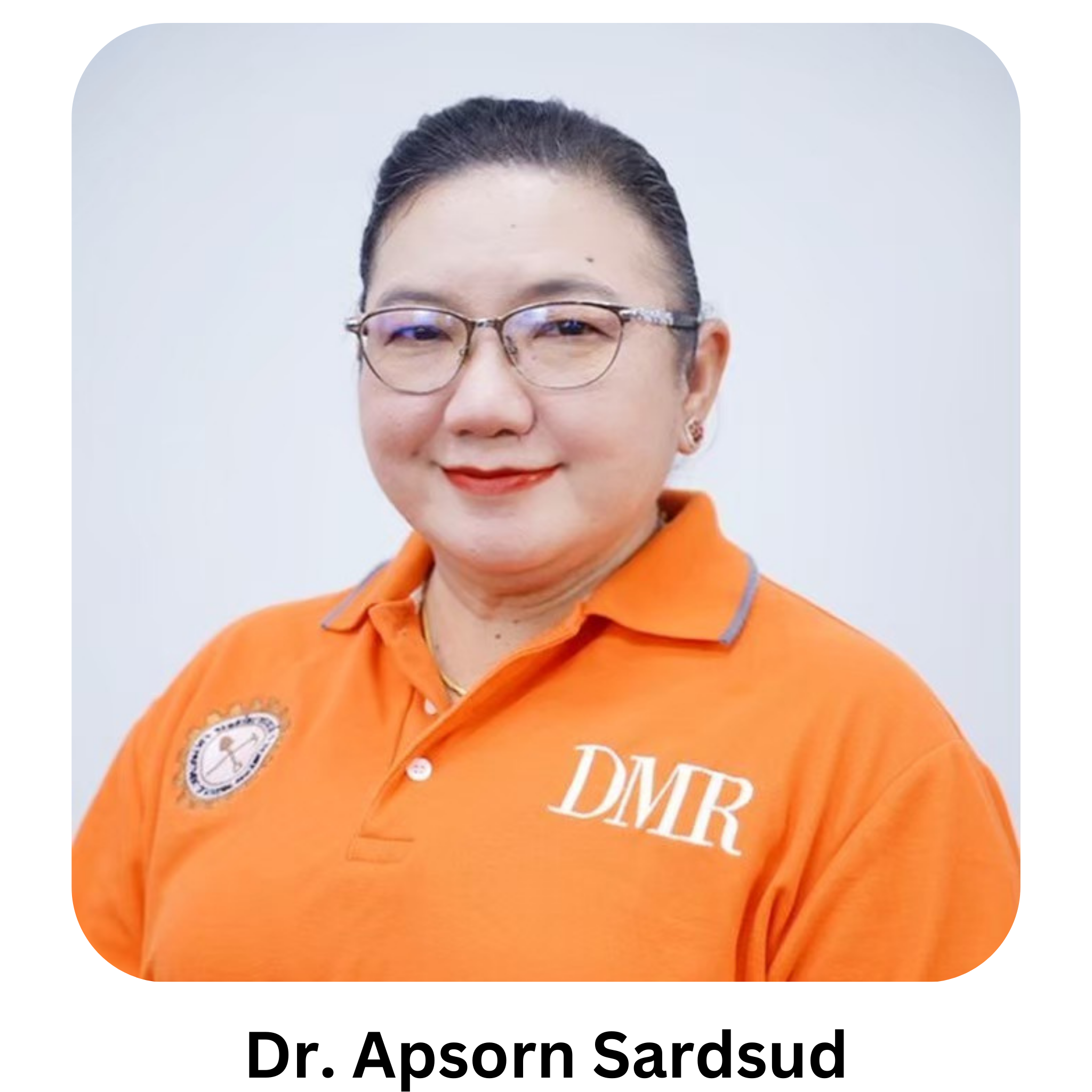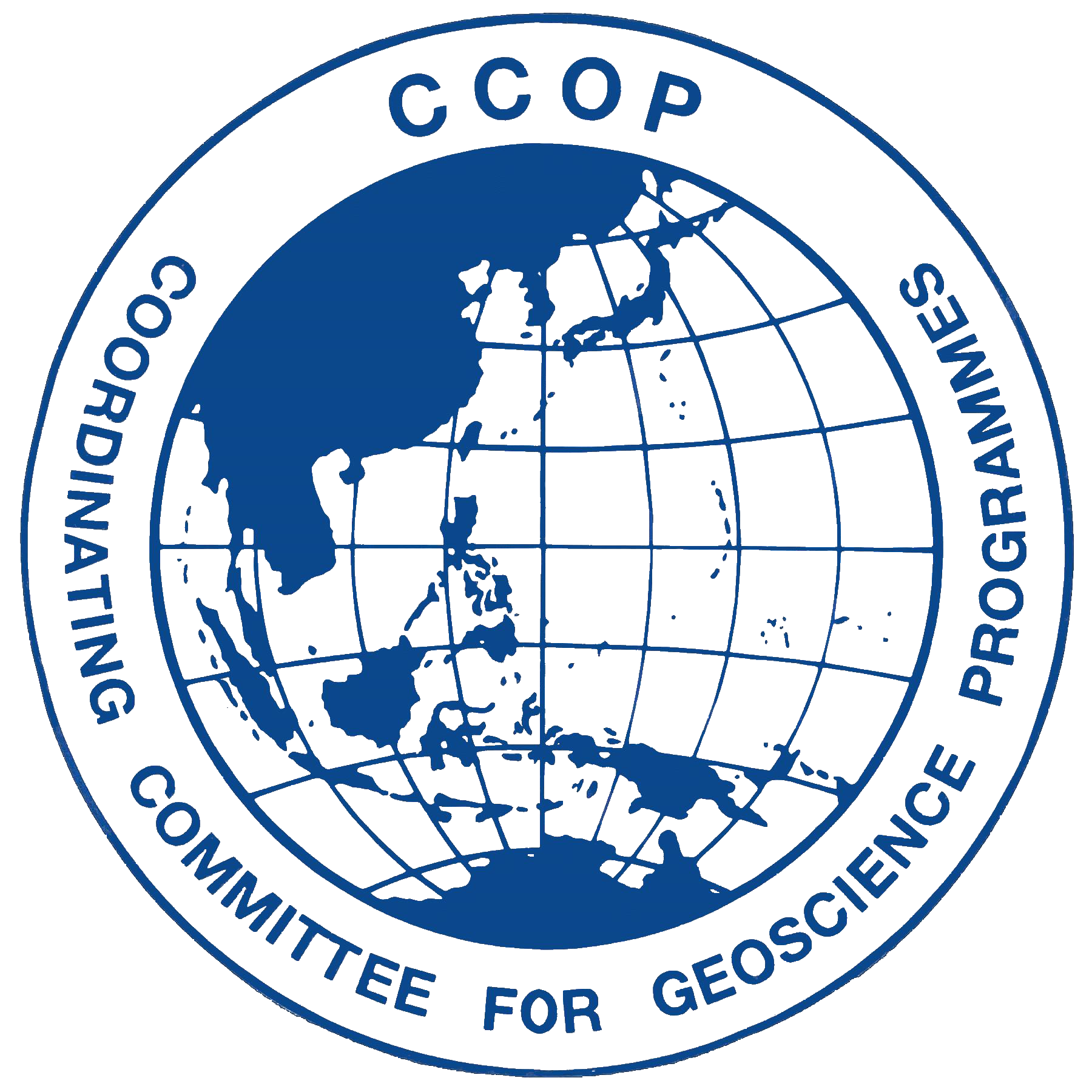The Furongian (late Cambrian) trilobite Thailandium’s endemicity reassessed along with a new species of Prosaukia from Ko Tarutao, Thailand
Keywords:
landmark morphometric, Tarutao, “saukiid”, Thailandium, ProsaukiaAbstract
The trilobite Thailandium solum, the type species of Thailandium, is a large “saukiid” species known only from the Ao Mo Lae Formation of the Tarutao Group, Thailand. In addition to the type species occurrence in Thailand, Thailandium is also reported from northern Henan, China as Thailandium truncatum Zhou and from Australia’s Pacoota Sandstone as an undeterminate species. Type material of Prosaukia misa, the type species of Prosaukia, as well as recent collections of Thailandium solum, Prosaukia tarutaoensis (Kobayashi, 1957), and a new species of Prosaukia, P. oculata, from Ko Tarutao, Thailand are used to reevaluate the generic identity of the Australian and north Chinese material using landmark-based morphometric analysis. The new material of Prosaukia and Thailandium, all from the Ao Mo Lae Formation, reveal that the Australian material is better characterized as Prosaukia. The cranidium of north China’s Thailandium truncatum is geometrically comparable to Thailandium solum, but differs notably in overall relief and in the anterior border structure and proportions. Here we assign it tentatively to another “saukiid” genus. These morphometric and qualitative comparisons facilitate a refined generic diagnosis for Thailandium, resulting in its restriction to a monospecific genus.
References
Adrain, J.M. (2011). Class Trilobita Walch 1771. Zootaxa, 3148, 104–109.
Bookstein, F. L. (1991). Morphometric tools for landmark data (p.435). New York: Cambridge University Press.
Bunopas, S., Muenlek, S., & Tansuwan, V. (1983). Geology of Tarutao Island. Journal of the Geological Society of Thailand, 6, 121–138.
Burrett, C., Zaw, K., Meffre, S., Lai, C. K., Khositanot, S., Chaodumrong, P., … Halpin, J. (2014). The configuration of Greater Gondwana—Evidence from LA ICPMS, U–Pb geochronology of detrital zircons from the Palaeozoic and Mesozoic of Southeast Asia and China. Gondwana Research, 26, 31–51.
Cawood, P.A., Johnson, M.R.W., & Nemchin, A.A. (2007). Early Palaeozoic orogenesis along the Indian margin of Gondwana: Tectonic response to Gondwana assembly. Earth and Planetary Science Letters, 255, 70–84.
Cocks, L.R.M., & Torsvik, T.H. (2013). The dynamic evolution of the Palaeozoic geography of eastern Asia. Earth-Science Reviews, 117, 40–79.
Hall, J. (1863). Preliminary notice of the fauna of the Potsdam sandstone, with remarks upon the previously known species of fossils, and description of some new ones from the sandstones of the Upper Mississippi Valley. Report of the New York State Cabinet of Natural History, 16, 119–222.
Hong, P.S., Hughes, N.C., & Sheets, H.D.S. (2014). Size, shape and systematics of the Silurian trilobite Aulacopleura koninckii. Journal of Paleontology, 88(6), 1120–1138.
Hughes,N.C.(1994).Ontogeny, intraspecific variation, and systematics of the Late Cambrian trilobite Dikelocephalus. Smithsonian Contributions to Paleobiology, 79, 1-89.
Hughes, N.C. (2016). The Cambrian palaeontological record of the Indian subcontinent. Earth-Science Reviews, 159, 428–461.
Hupé,P.(1955).Classificationdestrilobites.Annales de Paleontologie, 41, 91–325.
Imsamut, S., & Yathakam, W. (2011). Stratigraphic correlation of the Tarutao-Langkawi, area (Thai side): Report Bureau of Geological Survey (pp. 1–64). Bangkok: DMR.
Jell, P.A., & Adrain, J.M. (2002). Available generic names for trilobites. Memoirs of the Queensland Museum, 48(2), 331–552.
Kobayashi, T. (1957). Upper Cambrian fossils from peninsular Thailand. Journal of the Faculty of Sciences of the University of Tokyo, 2, 367–382.
Kobayashi, T. (1960). Cambro-Ordovician formations and faunas of South Korea, Pt. 7, Paleontology 6. Journal of the Faculty of Science, University of Tokyo, Section 2 , 2, 329–420.
Lee, S.-B., & Choi, D.K. (2011). Dikelocephalid trilobites from the Eosaukia fauna (Upper Furongian) of the Taebaek Group, Korea. Journal of Paleontology, 85(2), 279–297.
Lochman, C. (1956). The evolution of some Upper Cambrian and Lower Ordovician trilobite families. Journal of Paleontology, 30(3), 445–462.
Longacre, S.A. (1970). Trilobites of the Upper Cambrian Ptychaspid Biomere Wilberns Formation, Central Texas. Paleontological Society Memoir, 44, 1-61.
Lu, Y.-H. (1954). Upper Cambrian trilobites from Santu, southeastern Kueichou. Acta Palaeontologica Sinica, 2(2), 117–152.
Ludvigsen, R., & Westrop, S.R. (1983). Franconian Trilobites of New York State. New York State Museum Memoir, 23, 45. Ludvigsen, R., Westrop, S.R., & Kindle, C.H. (1989). Sunwaptan (Upper Cambrian) trilobites of the Cow Head Group, western Newfoundland, Canada. Palaeontographica Canadiana 6, pp.175.
Miller, S. A. (1889). North American Geology and Paleontology for the use of amateurs, students and scientists. Western Methodist Book Concern (pp. 718). Ohio: Cincinnati.
Ogg, J. G., Ogg, G. M., & Gradstein, F. M. (2016). 5 - Cambrian. In J. G. Ogg, G. M. Ogg, & F. M. Gradstein (Eds.), A Concise Geologic Time Scale (pp. 41-55). Elsevier.
Owen, D.D. (1852). Report of a geological survey of Wisconsin, Iowa, and Minnesota, and, incidentally, a portion of Nebraska Territory. (Philadelphia) (pp. 638).
Park, T.-Y.S., & Kihm, J.-H. (2015). Furongian (late Cambrian) trilobites from the Asioptychaspis subglobosa Zone of the Hwajeol Formation, Korea. Alcheringa: An Australasian Journal of Palaeontology, 39, 181–199.
Peng, S.C., Babcock, L.E., & Cooper, R.A. (2012). The Cambrian Period, in: The Geologic Time Scale, 437–488.
Qian, Y.Y., (1985). a Trilobites. In J.-Y., Chen, Y.-Y., Qian, Y.-K., Lin, J.-M., Zhang, Z.-H., Wang, L.-M., Yin, & B. D., Erdtmann (eds.), Study on Cambrian-Ordovician Boundary Strata and its Biota in Dayangcha, Hunjiang, Jilin, China (p. 65-83). Beijing: China Prospect Publishing House.
Raasch, G. O. (1951). Revision of Croixan dikelo cephalids. Illinois Academy of Science Transactions, 44, 137–151.
Raymond, P.E. (1924). New Upper Cambrian and Lower Ordovician trilobites from Vermont. Proceedings of the Boston Society of Natural History 37 (pp. 389–466).
Shergold, J.H. (1972). Late Upper Cambrian Trilobites from the Gola Beds, Western Queensland. Bulletin of the Bureau of Mineral Resources, Geology and Geophysics 112 (pp. 126).
Shergold, J.H. (1975). Late Cambrian and Early Ordovician Trilobites from the Burke River Structural Belt, Western Queensland, Australia. Bulletin of the Bureau of Mineral Resources, Geology and Geophysics 153 (pp. 251).
Shergold, J.H. (1991). The Pacoota sandstone, Amadeus Basin, Northern Territory: stratigraphy and palaeontology. Bulletin of the Bureau of Mineral Resources, Geology and Geophysics 237 (pp. 93).
Shergold, J.H., Burrett, C., Akerman, T., & Stait, B. (1988). Late Cambrian trilobites from Tarutao Island, Thailand. New Mexico Bureau of Mines and Mineral Resources Memoir, 44, 303–320.
Shergold, J.H., & Geyer, G. (2003). The Subcommission on Cambrian Stratigraphy: the status quo. Geologica Acta, 1(1), 5–9.
Shergold, J.H., Laurie, J.R., & Shergold, J.E. (2007). Cambrian and Early Ordovician trilobite taxonomy and biostratigraphy, Bonaparte Basin, Western Australia. Australasian Palaeontological Memoirs, 34, 17–86.
Stitt, J. H. (1971). Late Cambrian and earliest Ordovician trilobites, Timbered Hills and lower Arbuckle groups, Western Arbuckle Mountains, Murray County, Oklahoma. Oklahoma Geological Survey Bulletin 110 (pp. 83).
Stitt, J. H. (1977). Late Cambrian and earliest Ordovician trilobites, Wichita Mountains area, Oklahoma. Oklahoma Geological Survey Bulletin 124 (pp. 79).
Sun, Y.-C. (1935). The Upper Cambrian trilobite faunas of North China. Palaeontologica Sinica, series B, 7 (pp. 69)
Taylor, M.E., & Halley, R.B. (1974). Systematics, environment, and biogeography of some Late Cambrian and Early Ordovician trilobites from eastern New York State. U.S. Geological Survey Professional Paper 834 (pp. 38).
Ulrich, E.O., & Resser, C.E. (1930). The Cambrian of the Upper Mississippi Valley, Part 1: Trilobita, Dikelocephalinae and Osceolinae. Bulletin of the Public Museum of the City of Milwaukee, 12(1), 1–122.
Ulrich, E.O., & Resser, C.E. (1933). The Cambrian of the Upper Mississippi Valley, Part 2, Trilobita; Saukiinae. Bulletin of the Public Museum of the City of Milwaukee, 12(2), 123–306.
Walcott, C.D. (1914). Cambrian geology and paleontology, No. 1. The Cambrian faunas of eastern Asia. Smithsonian Miscellaneous Collection,s 64 (pp. 75).
Walcott, C.D. (1924). Geological formations of Beaverfoot-Brisco-Stanford Range, British Columbia, Canada. Smithsonian Miscellaneous Collections, 75, 1–51.
Webster, M., & Sheets, H.D. (2010). A practical introduction to landmark-based geometric morphometrics. The Paleontological Society Papers, 16, 163–188.
Wernette, S.J., Hughes, N.C., Myrow, P.M., & Sardsud, A. (2020). Satunarcus, a new late Cambrian trilobite genus from southernmost Thailand and a reevaluation of the subfamilyMansuyiinae Hupé, 1955. Journal of Paleontology, 1–14.
Whitfield, R.P., (1882). Palaeontology: Geology of Wisconsin, 4(3), 163–363.
Wongwanich, T., Tansathien, W., Leevongcharoen, S., Paengkaew, W., Thiamwong, P., Chaeroenmit, J., & Saengsrichan, W. (2002). The Lower Paleozoic Rocks of Thailand. The Symposium on Geology of Thailand, 26-31 August 2002 (pp. 16–21). Bangkok.
Downloads
Published
How to Cite
License
Copyright (c) 2024 Thai Geoscience Journal

This work is licensed under a Creative Commons Attribution-NonCommercial-NoDerivatives 4.0 International License.








